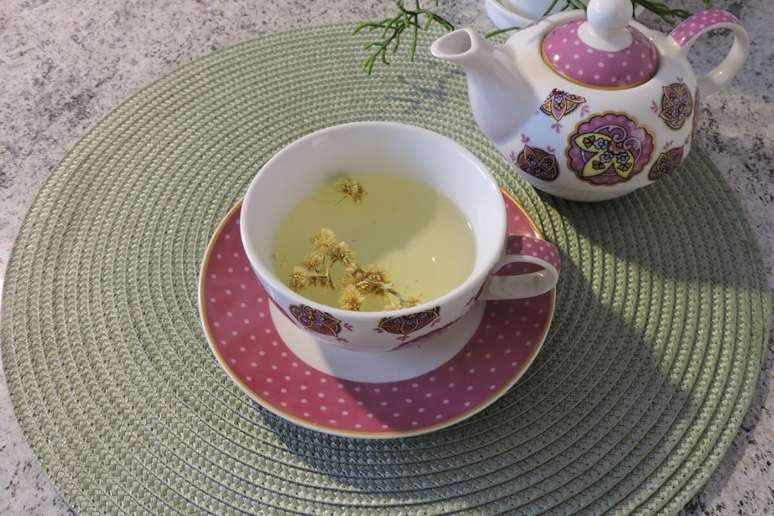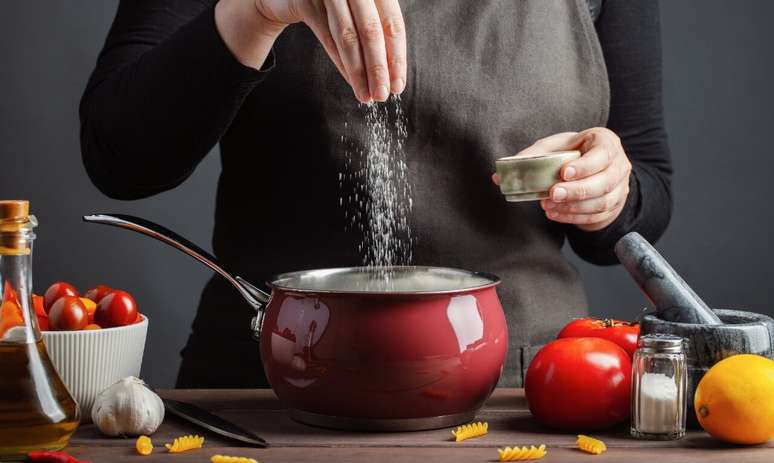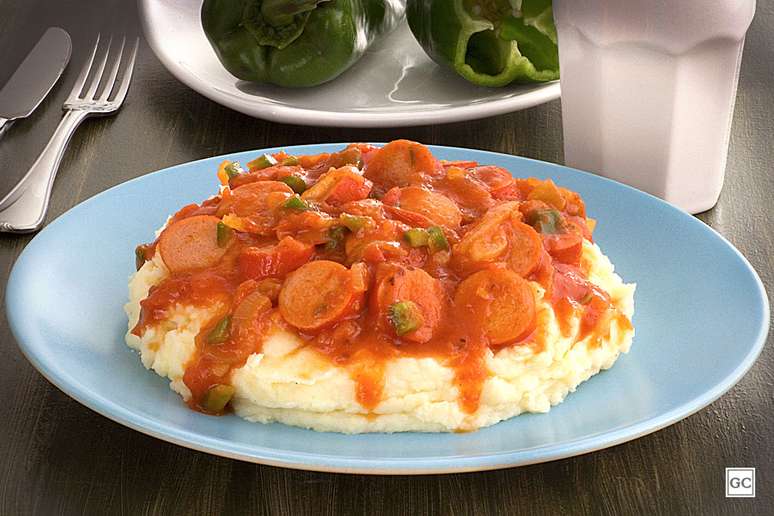We tell you how to clean burnt dishes.
Sometimes pots and pans are ruined because of new recipes, but more often than not, the cause of disaster is our forgetfulness. Everyone had to face their consequences, so we decided to collect all the methods for cleaning burnt dishes and, based on the reviews, evaluate them – that’s what we ended up with.
Effective methods for cleaning dishes: commercial products and folk remedies for carbon deposits
Method #1: Vinegar and Baking Soda








